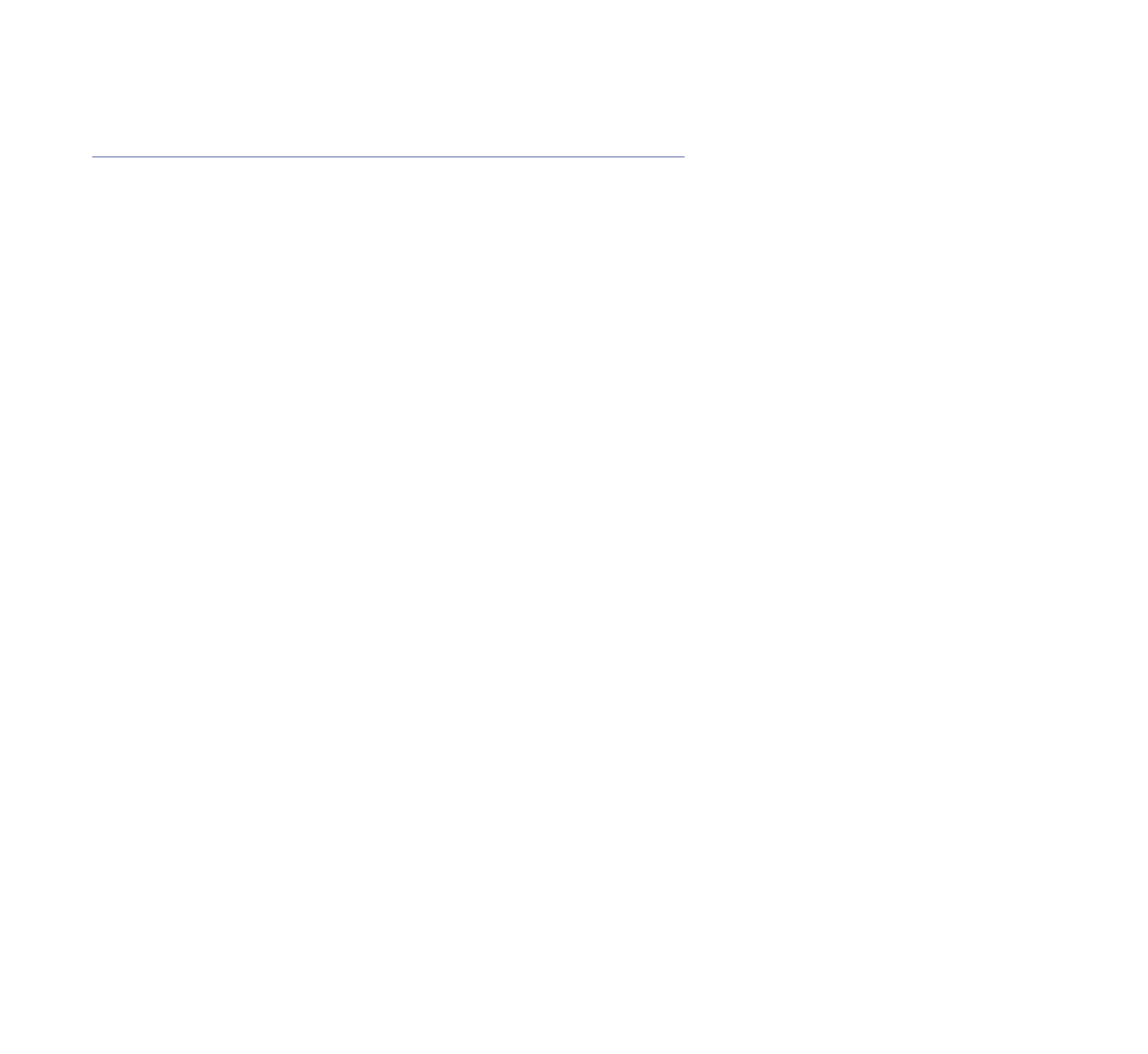

176
info@adams.ie650
PADRAIC PEARSE AND ST. ENDA’S: A LETTER OF ‘SINGULAR IMPORTANCE’.
An important four-page autograph original letter, signed in Irish and English ‘Padraic Mac Piarais (P.H. Pearse)’, on Conradh na Gaeilge headed notepaper, dated
4 March 1908, headed ‘Private’, to the Donegal-born businessman Padraic MacManus (addressed as ‘A Chara’), appealing for his financial support for Pearse’s
project to establish an Irish-language High School in Dublin, later named St. Enda’s (initially ‘Scoil Lorcáin’).
Padraic MacManus (1864-1929) was born near Mountcharles, an elder brother of the writer Seumas MacManus. He had established himself in Argentina as
a successful businessman, owning and managing several ‘estancia’ or farmsteads. He was a generous supporter of Irish Republican causes (see separate
letters from Arthur Griffith), and was an active member of the Irish Republican Brotherhood (IRB). Pearse may have been put in touch with him by Tomas Ó
Concheanainn, a leading Gaelic League organiser who was friendly with both men (see next lot).
Pearse’s letter is one of three or four which he wrote around this time seeking support for his plans. It is the most detailed of these, and according to Seamus O
Buachalla (Editor of Pearse’s collected letters, 1980, in which this letter is printed), it is of singular importance, as it sets out both the context of Pearse’s ideas,
and the basic specifications which he had in mind (including the financial requirements).
‘I wonder’, Pearse begins, ‘whether I can interest you in an important educational project in which, with one or two friends, I am about to embark, provided I can
see my way quite clear. It is the project of an Irish High School for boys in Dublin. Your brother Seumas will, I think, join with me and so will Thomas Concannon,
Edward Martyn, John Mac Neill, and others ..
‘The arguments in favour of the establishment of such a school are irresistible. There is no Irish High School in Ireland. There is no High School for Catholic boys
conducted by a layman in Ireland. My idea is to supply this two-fold need.
‘There are quite a number of Gaelic Leaguers in Dublin & throughout the country who have brought up their children more or less Irish-speaking, & who are
anxiously on the look-out for a school which would provide their children with an education genuinely Irish while, at the same time, up to a high standard generally
.. The school would, of course, be a Catholic one, but the professors would be laymen .. I would take both boarders & day-boys & the terms would necessarily
have to be reasonable.
‘The governing note of the school would be its Irish character. It would be a school for Irish-speaking boys & for boys whose parents are anxious that they should
be educated on bilingual lines. Thus, it would not actively compete with the existing great ecclesiastical schools & colleges .. Our school would be designed to
meet a special need which has sprung up within the past few years - the need for high-class education in & through Irish for a limited but important & growing
section of the youth of the country.’
‘We all feel sure’, Pearse says, ‘that the school will pay its way ultimately, but we require a certain sum to build class-rooms, provide equipment, & lay up against a
possible loss on the first year’s working. We want two or three more Gaels who would each put a few hundred pounds into the scheme - or else one who would
put a thousand. My object in writing you is to ask whether you would be willing to join in & provide this sum or any part of it? .. By the time I hear from you I hope
to have a detailed scheme ready to forward you ..
‘Can you help in any way? I feel confident that you will be making a sound investment from the business point of view, but over & above that you will be enabling
us to go ahead with a scheme which, as T. Concannon says, will make history. Certain it is that such a scheme as we project -- Irish of the Irish -- will be one of
the most important & far-reaching things that have yet grown out of the language movement.’
With this letter is a two-page foolscap manuscript on plain paper, in Pearse’s hand and signed P.H.P., headed ‘Rough Notes as to object & scope / Scoil Lorcáin
(St. Lorcan’s School) / An Irish School for Catholic Boys’, which appears to be the ‘detailed scheme’ referred to above. The ‘chief points’ noted include (a) An
Irish standpoint & atmosphere; (b) Bilingual teaching as far as possible; (c) All language teaching on Direct Method; (d) Special attention to science & ‘modern’
subjects generally; (e) Association of pupils with shaping of curriculum, cultivation of observation & reasoning, “nature study” etc.; (f) Physical culture: Irish
games, etc.; (g) Systematic inculcation of patriotism & training in the duties of citizenship; (h) Above all, formation of character.’ This is followed by further notes as
to curriculum, buildings, garden, financial terms, scholarships etc. O Buachalla says this document ‘gives an accurate picture of the school, as it functioned from
1908 to 1916; all its major innovative features and organisational details are outlined as being essential elements in the proposed school’.
Pearse’s enthusiasm and conviction is evident in these closely-written pages, and initially he thought he had persuaded MacManus to make a commitment of
€500. (For comparison, that sum was more than twice Pearse’s annual salary of €230 as editor of the Gaelic League’s weekly journal). However, it appears the
money did not arrive: see the next lot.
Taken together, these two manuscripts provide the most detailed original statement surviving of Pearse’s aims and ideals for St. Enda’s. They are important both
for the history of Irish education, and for students of Pearse and his ideas. (2)
€12,000 - €15,000



















